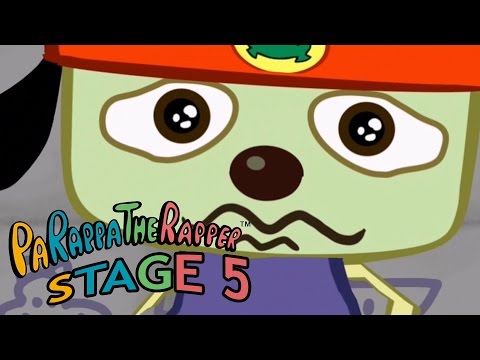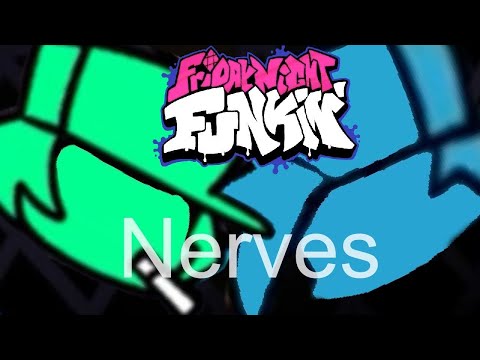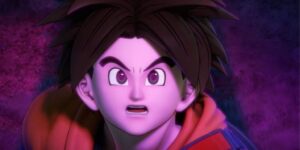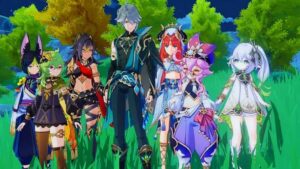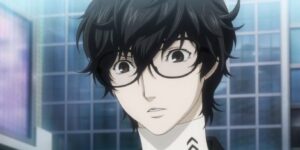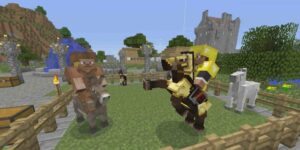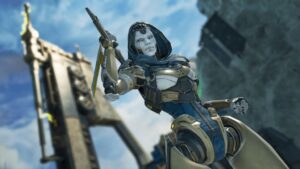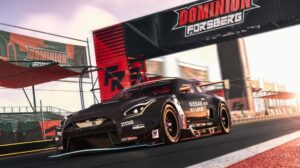There are times when you just can’t help it. Your toes involuntarily tap whatever surface your feet are resting on and your head bobs like a keen parakeet. Just admit it, man. You’re a sucker for that killer beat. And you’re jonesing bad. Maybe you should talk to someone about it. No longer content to be just an idle listener, you want to quantify your musical experience. You wanna score—not for dollars, but for points. ‘Can you hook me up with something?’ you beg.
Relax. Everything’s chill.
We all know that melody is crucial to a game’s experience. The music is irrevocably woven in deep. But how about when the melody is the experience? There are a few big names in the rhythm game scene, but there can only be one founding father: a beanie-wearin’, rap-spittin’ pup named Parappa. Ask about him.
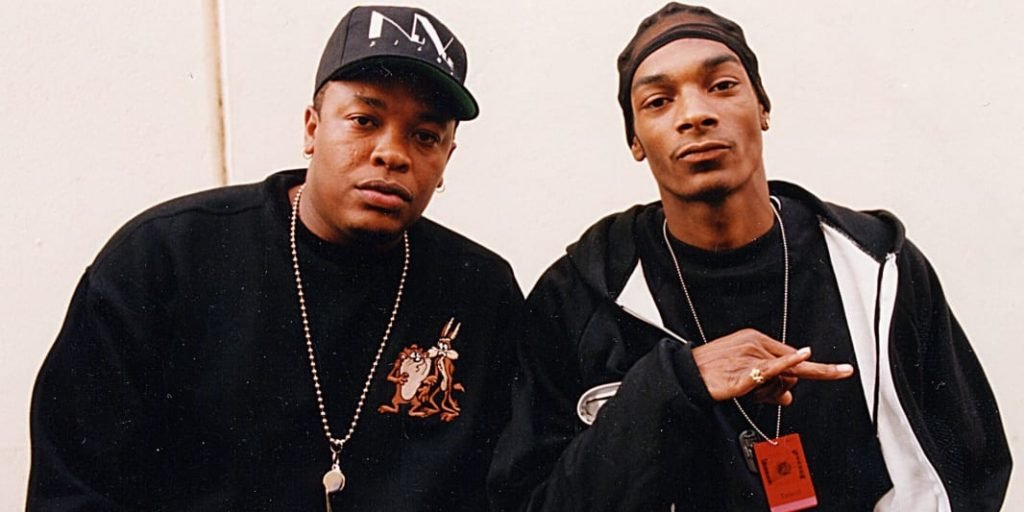

But first, some context on where music and more specifically hip-hop was at in the 90s. We’re not here to wax lyrical about Lil’ Naz X, Jay-Z or Limp Bizkit (especially not Limp Bizkit), but to focus on the “golden age” of rap in the 1990s. A few notable debut releases were Dr. Dre’s “The Chronic”, NAS’ “Illmatic” and Notorious B.I.G.’s “Ready To Die”. It was in the latter album that we can find an interesting lyric and reference. In an effort to contrast his humble roots to his current rap affluence, Biggie Smalls (as we will refer to him from here on out) eloquently puts it thus in the 1994 song ‘Juicy’:
“Super Nintendo, Sega Genesis, when I was dead broke, man I couldn’t picture this.”
This is noteworthy on two levels: a) it shines a light into the way a rap god uses their recreational down time (of course they’re not rapping 24/7) and b) it served as the first big example that bridged the gap between games and rap music. That same decade a Japanese game studio would add brick, mortar and galvanized steel to the same bridge that Biggie built. A revolutionary game spawned from the fertile soil of the beat-driven 90s.
THE WAY OF THE DOG
By the time Playstation hit their first million units in the Japanese market in 1994, musician Masaya Matsuura was already an established performer in the synthesizer-led band Psy・S (pronounced “size”). In 1993, Matsuura founded NanaOn-Sha studios after already experimenting heavily with sampling and reached out to colleagues at Sony Computer Entertainment for a future somehow relating to music. Meanwhile, in an adjacent Sony studio, cartoonist Rodney Greenblat was outsourced to put together a cast of super adorable characters for Sony Creative. According to Greenblat’s involvement with Matsuura, “He was already a fan of my artwork, and when he found out I was already working for Sony, he asked the people at Sony Creative Products if I would design the characters and world for his game. Of course I said yes.”
The end result would be the rapping dog, Parappa, and his crew of paper-thin cohorts. Greenblat goes on to describe the process. “Matsuura wanted the main character to be an upbeat, lovable, slightly naive dog. I made several sketches and Sony Creative chose a dog with a pointed cap. Matsuura liked it too, and he had come up with a name for the game: Parappa The Rapper. “Parappa” is some kind of play on Japanese words that means ‘paper thin’. So Parappa was born.”
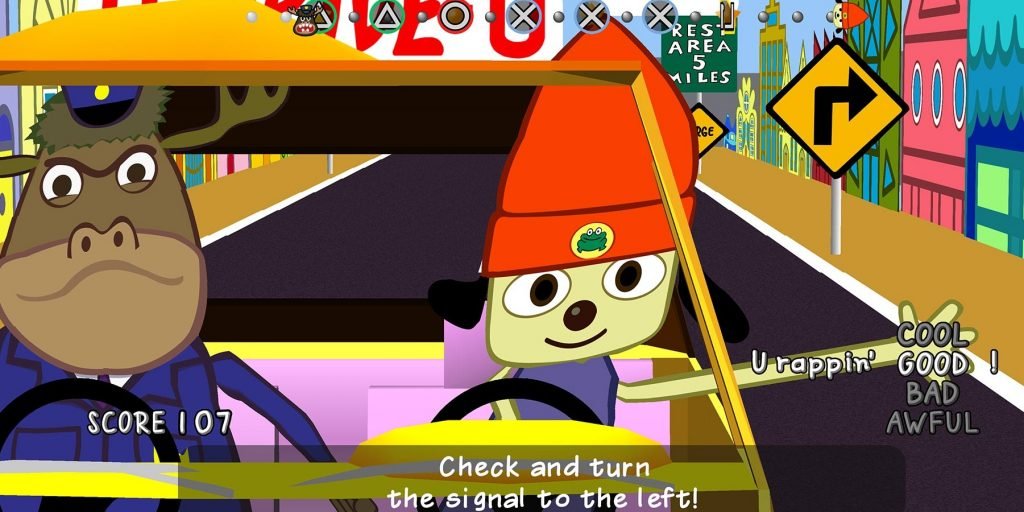

Above the hood, Parappa’s main goal is to win the heart of the exuberant (literal) flower-girl Sunny Funny, while also learning how to fight, drive, cook and to control his bowels in front of Sunny; for those unaware, I’m referring to Level 5, in which a sudden stomach ache prompts Parappa to rap-battle his teachers for gas station bathroom priority before it’s too late. A completely relatable scenario.
Under the game’s hood, you’d find a rumbling engine churning out debut mechanics that would pave the way for a whole genre. Parappa’s gameplay revolved around a type of “Simon Says” format where players accurately repeated back the increasingly difficult raps of his karate, driver’s ed, flea market and cooking instructors (in that order). Take Parappa’s lesson with Chop Chop Master Onion. As it’s the first level, it serves as a tutorial on how the mechanics of the game work. After Master Onion’s introduction rap, a grid appears at the top of the screen (as in every level), where his commands, KICK, PUNCH and BLOCK, will appear. Each command corresponds with a particular button on your Playstation controller. In this case, KICK = triangle, PUNCH = circle and CHOP = X. The trick is to press the corresponding button at the right moment when its Parappa’s turn to “repeat” the commands back.
No blood, no major battles, no side-quests, just timed button presses. The game’s careful pacing, low-stakes and goal of acquiring rap rankings of “COOL” or “GOOD”, while simply avoiding the “BAD” grade seem almost absurdly minimalistic compared to the current offering of rhythm games, but at the time all you could think about was how to delay diarrhoea and nail killer verses to win your sweet floral hunny.
RHYTHM ON REPEAT
The unprecedented success of Parappa was embraced and studied by other devs hoping to hop on the rhythm game train. In 1998, incredibly cool—yet sweaty— kids could be seen hopping and stomping on the neon dance platforms of Dance, Dance Revolution. The platform contained a grid that worked as an oversized controller that featured a similar “Simon Says” mechanic, but with one significant difference: dancing. It caught the world by storm and the allure has yet to fade. Currently, there are 27 official iterations of the game that can be played on arcade platforms, or on home consoles that undoubtedly work as an alternative to a gym membership.
Remember Guitar Hero in 2005? Sure you do. How about Guitar Hero-themed parties, with pure licks from your favorite bands in the comfort of your buddy’s filthy apartment. Developer Harmonix took GH to the next level in 2009 with Rock Band: the first game featuring interactive drums, bass guitar and microphone for an immersive experience that wasted many a Friday evening in the best way possible.
The 2020 indie game feels like a near-direct Parappa homage, with its flat cartoon graphics and late 90s stylings. that forces you to enunciate each syllable: Friday Night Funkin’. The game is open sourced (which lends itself to some truly questionable mods), the Parappa-like mechanics are taken to a difficulty level that is comically frustrating and the tunes are catchy as hell. There’s actually a mix CD filled with FNF tunes in my car right now. Nothing weird about it. I chauffeur around little people (my kids). Whatever.
Interestingly enough, rap and games seem synonymous now, as many artists happily admit to playing, promoting and occasionally contributing. However, you don’t have to be a rapper, or even a hardcore gamer to appreciate the impact and influence of this little dog. Apart from his own PS4 remaster, his own anime, and a recent shortlist into the World Video Games Hall of Fame, Parappa the Rapper pioneered an entirely new genre of games that is continuing to grow and flourish.
To that, all current and future rhythm developers owe him a nice, relaxing scratch behind the ears, or at least buy this dog a fresh new beanie.
- amazon prime gaming
- axie infinity
- Casino Games
- coingenius
- Dualshokers
- EA Sports
- Evil Geniuses
- Gaming
- gaming headset
- gaming pc
- madden nfl
- Nintendo
- Online casino games
- Originals
- Parappa
- Parappa The Rapper
- PaRappa the Rapper Remastered
- pc games
- plato
- plato ai
- plato data intelligence
- plato game
- plato gaming
- platodata
- platogaming
- playstation
- prime gaming
- Team SoloMid
- xbox
- zephyrnet
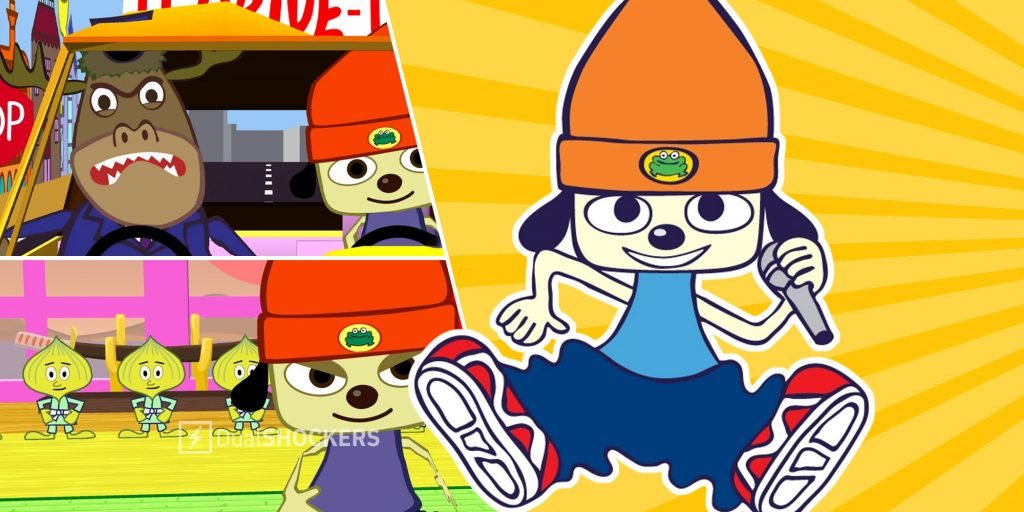
![The Notorious B.I.G. - Juicy (Official Video) [4K]](https://platogaming.com/wp-content/uploads/2022/08/hqdefault-26.jpg)
